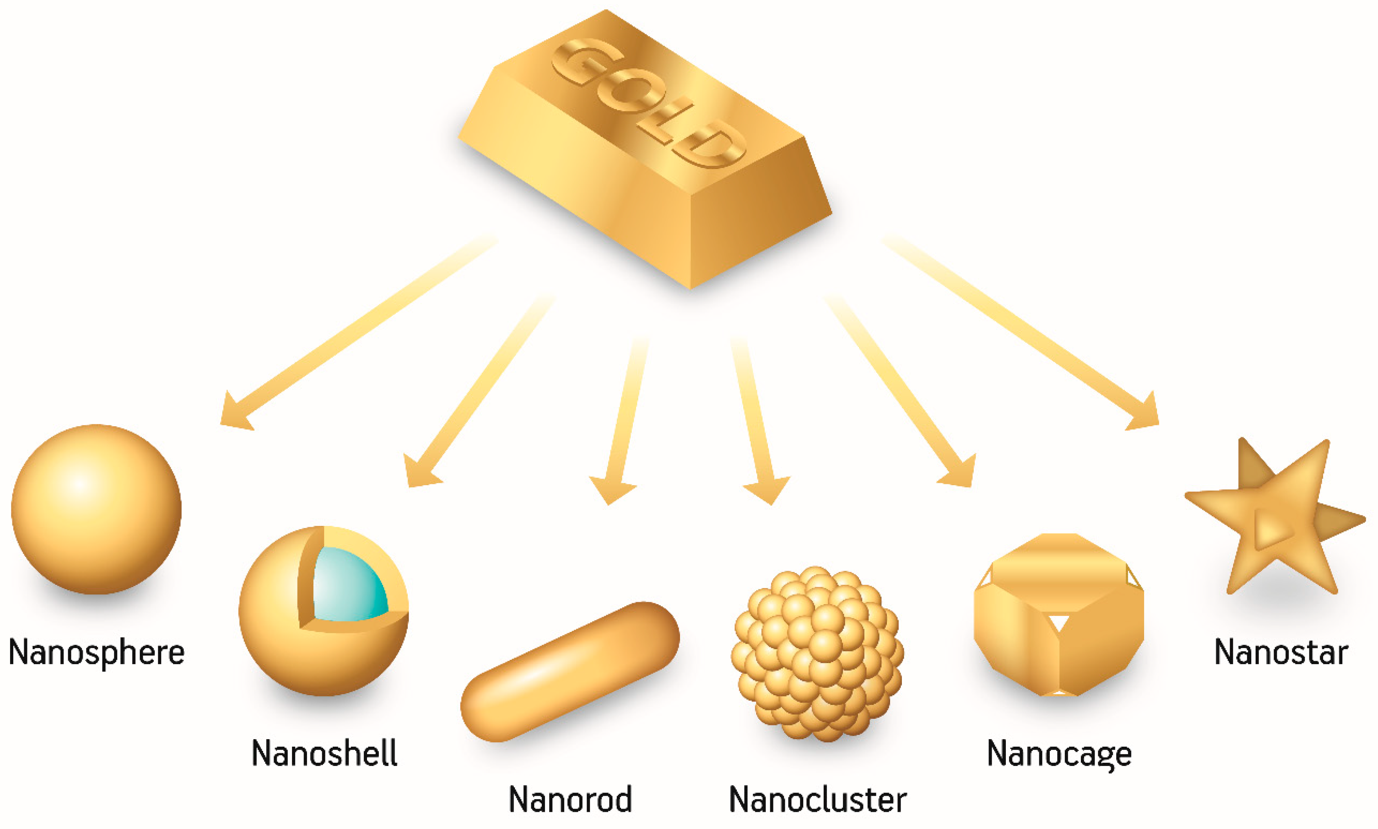Free Courses Sale ends Soon, Get It Now


Free Courses Sale ends Soon, Get It Now



Disclaimer: Copyright infringement not intended.
Context
Details
Introduction to Gold Nanoparticles
Physical and Chemical Properties
Applications of Gold Nanoparticles
|
PRACTICE QUESTION Q. Gold nanoparticles offer a versatile platform with diverse applications in biomedicine, catalysis, electronics, and environmental science. Discuss. 150 Words. |
© 2024 iasgyan. All right reserved